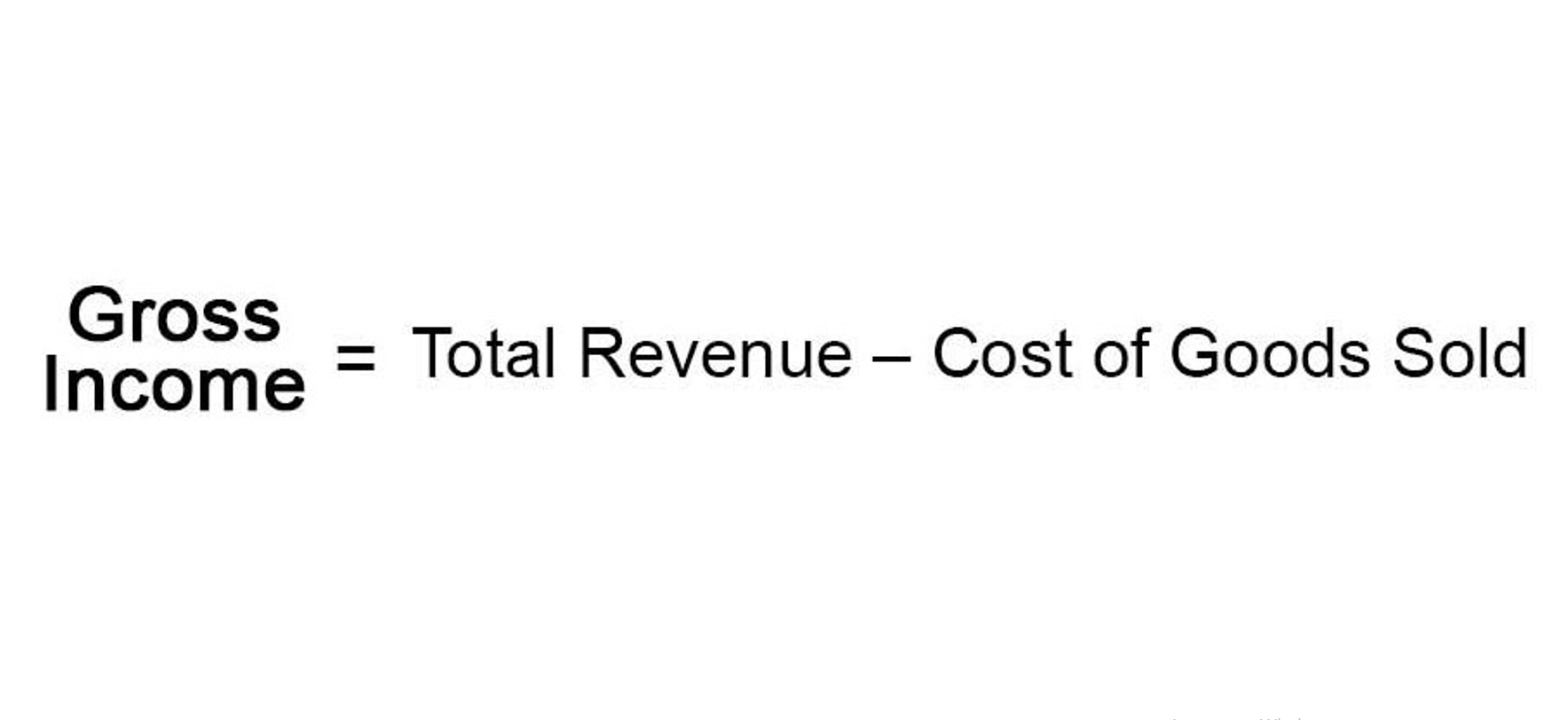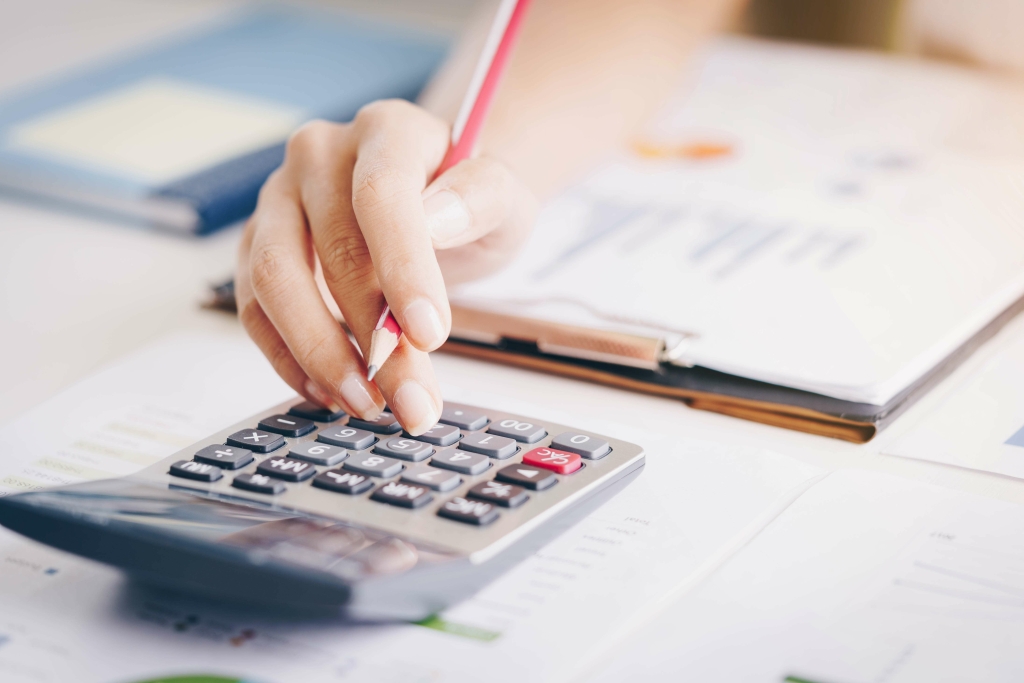
Whether you’re a business owner, manager, or just How to Invoice as a Freelancer someone curious about finance, mastering the balance sheet is a step toward smarter financial management. The balance sheet is not just a technical report; it’s a decision-making tool. It provides owners, investors, lenders, and auditors with a clear vision of where a business stands financially. It reveals how assets are financed, whether through debt or equity, and whether the company has enough liquidity to meet its short-term obligations. When you change how you value fixed assets, cash equivalents, or intangible assets mid-stream, you render comparisons over time meaningless.

Additional Resources
This is the value of funds that shareholders have invested in the company. When a company is first formed, shareholders will typically put in cash. Cash (an asset) rises by $10M, and Share Capital (an equity account) rises by $10M, balancing out the balance sheet. The most liquid of all assets, cash, appears on the first line of the balance sheet.

How are Financial Statements Prepared?
For example, if a company plans to sell to finance any future projects, the company’s balance sheet must show that. Once you’ve created your balance sheet, you can derive key financial ratios to help you assess your company’s financial liquidity, solvency, and profitability. To calculate total assets, Online Accounting add the value of both current and non-current assets. There is more technical information about how to prepare financial statements in the next section of my accounting course. Creating a balance sheet can be a straightforward process with the right tools and an understanding of financial principles.
How To Calculate Total Liabilities: From Start to Finish
You’ll want to ensure that you’ve copied over all figures correctly. It’s wise to carefully review your balance sheet before presenting it as part of your company’s financial statements. The balance sheet includes information about a company’s assets and liabilities. Depending on the company, this might include short-term assets, such as cash and accounts receivable, or long-term assets such as property, plant, and equipment (PP&E). Likewise, its liabilities may include short-term obligations such as accounts payable and wages payable, or long-term liabilities such as bank loans and other debt what is the last and most important step of creating a balance sheet? obligations. The income statement illustrates the profitability of a company under accrual accounting rules.
- Once you have the closing balance for retained earnings, add it to the opening balance of owners’ equity.
- A balance sheet is a financial document that you should work on calculating regularly.
- A prospective lender or investor might use it to evaluate the risk, while leadership teams rely on it to guide decision-making around spending and saving.
- A completed balance sheet offers valuable insights into a company’s financial health.
- Accounts Payables, or AP, is the amount a company owes suppliers for items or services purchased on credit.
Step 1: List and categorize assets
Basically, it’s a centralized summary of your available resources and how they stack up against your obligations today. When paired with cash flow statements and income statements, balance sheets can help provide a complete picture of your organization’s finances for a specific period. By determining the financial status of your organization, essential partners have an informative blueprint of your company’s potential and profitability. This financial statement lists everything a company owns and all of its debt. A company will be able to quickly assess whether it has borrowed too much money, whether the assets it owns are not liquid enough, or whether it has enough cash on hand to meet current demands.



